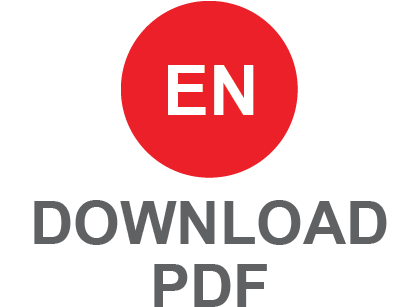
Welcome to CIRO.ca!
We have a new look! You can find the Canadian Investment Regulatory Organization (CIRO) at CIRO.ca with our fresh look and feel.
The following sections of the legacy mfda.ca and iiroc.ca sites have been migrated to ciro.ca:
- Enforcement
- Hearings
- Consultations
- A unified member directory (Dealers We Regulate)
- Advisor Report
We will continue moving items off MFDA and IIROC in 2024. Stay tuned for future updates.
Visit Canadian Investment Regulatory Organization website

